This year’s LAPADA Art & Antiques Fair hosts a display of works from the Chitra Collection, an impressive holding of historic teaware. Its owner, businessman Nirmal Sethia, talks to Apollo about why tea deserves more attention
How did the collection come about?
The collection started in January 2011. I lost my dear wife in 2010; she inspired me and pushed me to go back into the tea business, by stating that I would be able to contribute to tea culture and heritage, and the art of tea. And as I was getting older and she was not very well […] she wanted to return me to my first love – I started my career as a tea taster. So after I lost her, I thought I would try to honour her memory as an expression of gratitude. Everybody wants to make a building, a monument, or give some money to a charity, but I decided to have a look at what is missing relating to tea.
I didn’t find any museum that had a globally important collection relating to the art of tea: every museum had some great pieces, no doubt, but many of them were still in private households and, although they were coming out from time to time, they were going into the hands of dealers […] who would sometimes end up holding on to them for a long time. So I started collecting, and now we have 1,500–1,600 pieces, of which 200 pieces are awaiting confirmation of their authenticity.
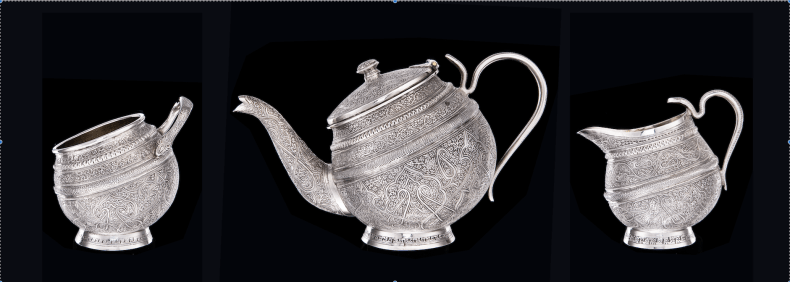
Silver tea service (three parts), c. 1880, Srinagar, Kashmir, India. Courtesy The Chitra Collection
What have you learned along the way?
What surprised me is that time destroys what time creates. Many of the beautiful objects that were created at the height of tea culture [in the 18th century] got destroyed. Ships capsized and sank; porcelain went with them. So many beautiful objects were created in metal, but when the silver got tarnished and the patina got lost, they were thrown in the junkyard as scrap metal. So there was constant destruction of art relating to tea, but there was no new construction in later periods; the tea industry itself became the victim of false marketing by tea manufacturers or tea packers or brands.
What do you mean by ‘false marketing’?
They were trying to decorate the packaging beautifully while picking up the cheapest quality teas, and they were packing them without any desire to promote tea culture and its history, or to teach people about this history.
What are some of the highlights of your collection?
We have pieces by the important silversmiths Benjamin Smith and Paul Storr, who epitomise 18th- and 19th-century workmanship. I don’t think the 15th and 16th centuries produced such magnificent objects, because that was the time tea was just being introduced into the European market. It was the Portuguese who introduced tea, because of cross trade, so they were buying tea and silk, and selling steel and metal, and other European products.
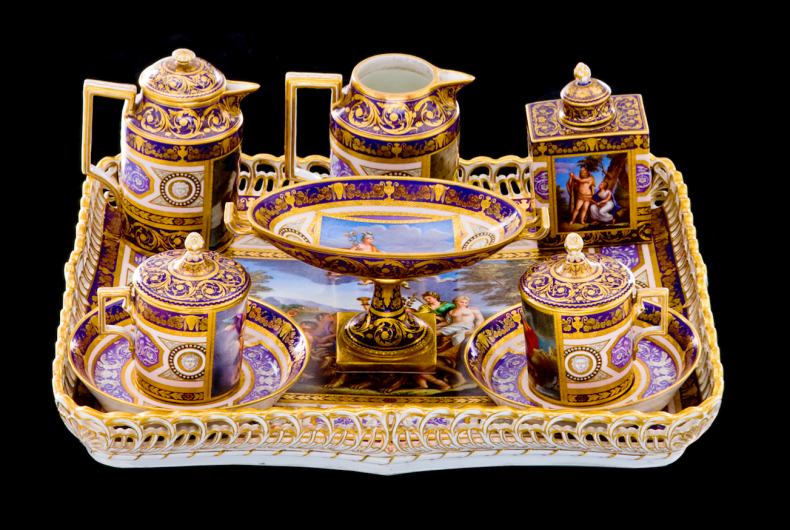
Royal Vienna lavender-ground tea set, c. 1820, Austria. Courtesy The Chitra Collection
What will be on display at LAPADA?
That is a decision being taken by the director of the Chitra Collection, Aneta Aslakhanova, and the curators, Dr Olivia Fryman and Amber Turner. I hope that they will choose works from my collection that the world has not seen before, pieces which show not only traces of antiquity, but which also reveal our contribution to tea culture. At the height of European tea culture, emperors, kings and queens were using objects made of gold only very rarely – works were made predominantly in silver before the trend for ceramics arrived.
In fact, I have designed some teapots myself and have tried to decorate them with diamonds and other jewels, including rubies and emeralds. I wanted to make something different – beautiful superfine tea deserves an equally beautiful container.
How is tea seen today? And why do you think it is so important?
Museums are a vast ocean of antiquity and history, but tea was never of interest to any museum: they were more interested in big pieces – in sculpture for example. Tea lost its status in the 20th century. Yet tea is historically very important: it is because of tea that the British Raj was in India; it is because of tea that the British lost America. But the 20th-century approach was: ‘Just drink tea. Put some milk in it.’ The 1950s, ’60s, and ’70s saw very poor quality tea infiltrate the market. At that time, manufacturers started making infusions and calling it tea – using, for example, rose petals, peppermint, dried apples, plums, strawberries, and raspberries. But that’s not tea. […] Tea has lost its true significance.
The Chitra Collection is on display at LAPADA Art & Antiques Fair, London, which runs from 13–18 September.
From the September issue of Apollo: preview and subscribe here.
Visit Apollo Collector Services for the best information and advice about managing an art collection.
Unlimited access from just $16 every 3 months
Subscribe to get unlimited and exclusive access to the top art stories, interviews and exhibition reviews.

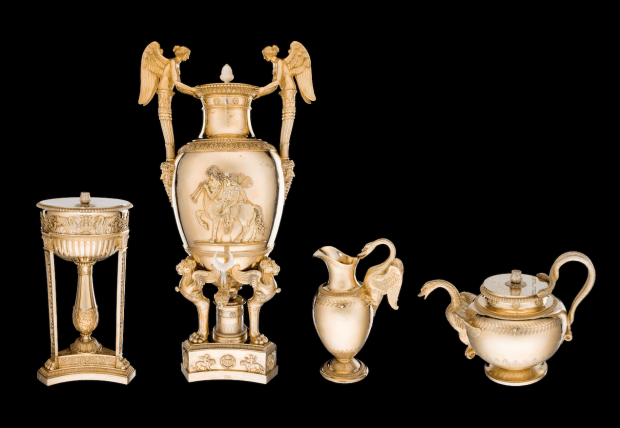
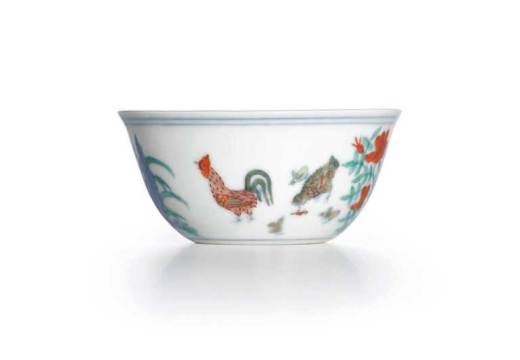
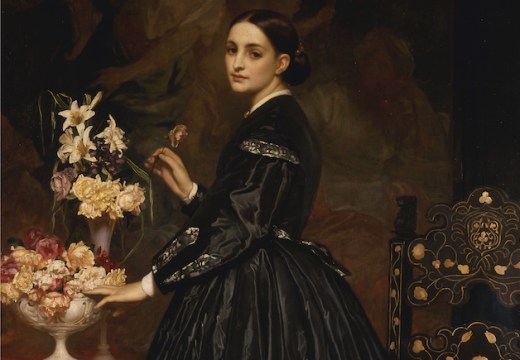
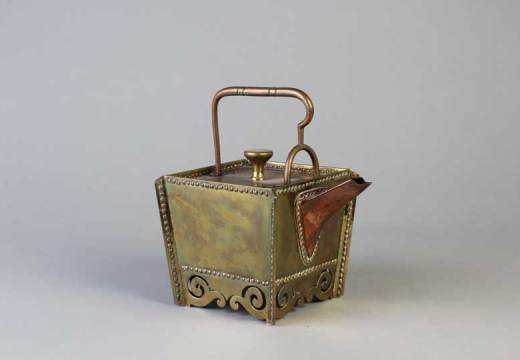









![Masterpiece [Re]discovery 2022. Photo: Ben Fisher Photography, courtesy of Masterpiece London](http://www.apollo-magazine.com/wp-content/uploads/2022/07/MPL2022_4263.jpg)
Why are fathers so absent from art history?